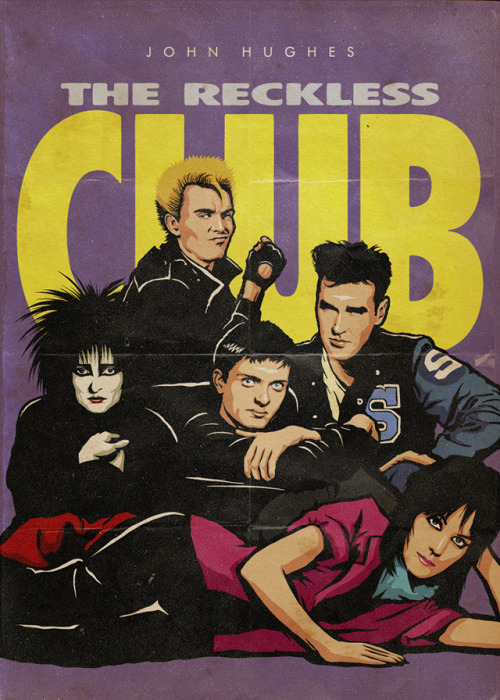Transcript
KELLY MCEVERS, HOST:
President Obama’s State of the Union address did not include a lot of big, ambitious projects. Here was the one major exception.
(SOUNDBITE OF ARCHIVED RECORDING)
BARACK OBAMA: For the families that we can still save, let’s make America the country that cures cancer once and for all. What do you say, Joe? Make it happen.
(APPLAUSE)
MCEVERS: Medical professionals, of course, have been trying to cure cancer for decades. And to learn why they haven’t so far and what it would take to make it happen, we reached Dr. Bill Nelson. He’s director of the Sidney Kimmel Comprehensive Cancer Center at Johns Hopkins. Welcome to the show.
BILL NELSON: Good to be here.
MCEVERS: What did you think when you heard President Obama say that in his State of the Union address?
NELSON: I was thrilled and excited. I think to have the president of the United States throw out a bold challenge to cancer researchers, physicians and one that, you know – delivered directly to the American people, many of whom have been touched by cancer, confronting the disease directly or with family members affected by it, I think it’s just a great day for us.
MCEVERS: He compared this to the U.S. sending a man to the moon, you know, something that, at the time, seemed crazy but was eventually doable. Do you think there are similarities here between these two challenges?
NELSON: I think that’s a reasonable metaphor. And of course, he named the vice president of the United States, Joe Biden, as manning mission control because he’s someone who’s been personally affected by cancer in his family and, I think, the notion that we have learned a lot about the nature of cancer. And I think we can see the kinds of things that we need to do, what needs to work out to begin to control more of the disease in more people.
MCEVERS: OK. Without sounding too simplistic here, I mean, why haven’t we found a cure for cancer yet?
NELSON: It’s not so much why we haven’t cured it. But I think – first of all, we have, for a number of people, probably cured some cancers. But why haven’t we benefited as many people as we need to? I think one of them is that just within the last decade or so, technologies have enabled us to learn the nature of cancer itself, right? All cancers are fundamentally disorders of acquired defects in genes. There’s 20,000 genes. This is what’s encoded, is the jargon term, by DNA, and the DNA science and technology can now look at all the defects and all the genes that cancers acquire. And there’s probably more than a thousand to 10,000 in each cancer in each person. And knowing that gives us a better sense of what we’re going to need to do to control it.
MCEVERS: You sound optimistic. But what are some of the big challenges? What’s in the way right now of us not getting to a cure?
NELSON: I am extremely optimistic (laughter).
MCEVERS: Yeah.
NELSON: But what are the kinds of things that are going to be challenging? Well, one of them is just individuals, except for identical twins – right? – are different from each other. They’re born with different genes. When the cancers arise in these people which have a lot of acquired gene defects, these gene defects are also different. So is it any wonder, in a sense – there’s maybe 3 million or something differences in the DNA between you and me – if each of us developed the same cancer, there’s no chance it’s going to be identical?
How different are cancers? Are we going to need a different treatment for every individual’s cancer? Are we going to be able to have them grouped into ways in which treatment will be benefited? I think that’s one challenge – the individual natures of cancers. And then the other is that as we deploy some of our most effective treatments – surgery, radiation therapy, chemotherapy – they’ve had side effects with them, and that’s another kind of thing. As we eradicate cancer, we’re going to want to eradicate it in such a way that people don’t have durable complications of treatment, durable side effects and the like. So I think both of those things are going to be a challenge, but it’s one that we should take on.
MCEVERS: That’s Dr. Bill Nelson, director of the Sidney Kimmel Comprehensive Cancer Center at Johns Hopkins. Thanks a lot for your time today.
NELSON: Thank you so much for having me.
Copyright © 2016 NPR. All rights reserved. Visit our website terms of use and permissions pages at www.npr.org for further information.
NPR transcripts are created on a rush deadline by a contractor for NPR, and accuracy and availability may vary. This text may not be in its final form and may be updated or revised in the future. Please be aware that the authoritative record of NPR’s programming is the audio.





